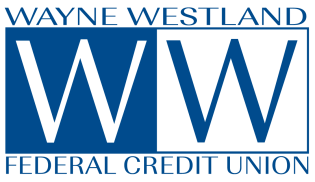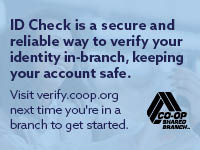Balancing your checkbook is one of those crucial life skills. It will give you a clear sense of not only how much money is in your bank account, but where your money goes. It can also help prevent you from bouncing checks, stick to your budget, help you avoid fees, and detect errors from your bank or even fraudulent billing.
Part 1 of 3: Recording Your Income and Transactions
- If you do not have a check register, you can buy or make one. A ledger, graph paper, or even a blank sheet of lined paper will do.
- Write this balance in the box at the top of the page or on the empty first line with the note “balance forward”.
- There may be checks or electronic debits that haven’t cleared yet, so today’s figure, while correct, will not account for debits that have not been processed yet. If you’re not sure of your exact, current balance, keep an eye on your account and check the balance in the next several days.
- Record all checks that you write. Write down the check number, the date, the payee (who you write the check to), and the amount of the check.
- Record any withdrawals or payments you make from that account. If you withdraw money from the bank or ATM, or if you purchase something at the store or online using an ATM or debit card, write down the amount of the purchase. If there is a fee for using the ATM, write down that amount also.[4]
- Record any online bill payments. If your online bill payment service gives you a confirmation code, you may wish to jot this code in your check register next to the payee information.
- Record any deposits into your account. If the transaction changes the amount of money in your account, always write it down!
- Use specific categories like food, utilities, mortgage, dining out, etc.
- If you are balancing multiple accounts, keep a separate register for each account so they are easy to track.
Part 2 of 3: Balancing Your Checkbook
- If you have a history of bounced checks or an overdrawn account, you should re calculate your balance after every transaction or every other transaction.
- Subtract the amount of any expense, payment, check, or withdrawal from the total. Include transfers out of the account in this subtraction.
- Add the amount of any deposit, credit, or transfer into the account to the total.
- Subtract all your debits from your credits. You should end up with a positive number. Write the new balance after each transaction in the rightmost column.
- Add any interest that the bank has paid you.
- Subtract any fees that the bank has charged you.
- Check that the transactions in your account register match what is on your statement. Make sure your recorded balance matches what the bank thinks you have, not including any transactions that haven’t yet cleared and aren’t listed on the statement.
- Double-check your math. Make sure you added and subtracted everything correctly since the checkbook last balanced correctly.
- Look for missing transactions. Did you forget to write something down? Has something not cleared or have you recorded something that happened after the statement date?
- Subtract the balance in your check register from the balance on the statement. Does the amount match the amount of one of the transactions? If so, that transaction has probably not been accounted for correctly yet.
- If the difference between the balance in your checkbook and the balance on your statement has an even number of pennies, divide the difference by 2. Does this new amount match the amount of one of the transactions? If so, that transaction was probably added instead of subtracted or vice versa.
- One way to stay on top of this is to check your account regularly and put check marks next to every check that has already cleared.
- Always make sure you report any suspected fraud on your account, even if it may end up being a charge you simply forgot about or threw away the receipt for.
- This will also remind you where an error is in the check register for the next time you balance your checkbook.
Part 3 of 3: Understanding the Importance of a Balanced Checkbook
- Think about it: If all you do is look at your bank or credit card statement to make sure your monthly transactions are correct, it will likely be difficult to tell if your bank makes a mistake. And their mistake will then be your loss.
- Keeping your relationship with your money honest will prevent you from overspending or under budgeting and help you save.
- Most banks charge a bounced check fee. Some banks waive fees if you have direct deposit set up for your paycheck. Ask your bank if you’re not sure about the fees they charge.
- Keep in mind deposited checks, depending on the amount, will take some time to “post”; that is, the money may not appear in your account immediately. Some banks offer provisional credit from the deposit, such as releasing $300 or $1000 of the funds and holding the remaining amount for 2 – 5 business days, and some don’t offer any provisional credit.
Tips
- Balancing your checkbook is an excellent opportunity to total up the amount of money you spend each month and look for ways that you could save money next month.
Warnings
- The safest form of transaction for your check register is paper checks. Until banks devise a “Check card register”, paper checks are the easiest and safest way to bank.
H/T Source: wikiHow.com


